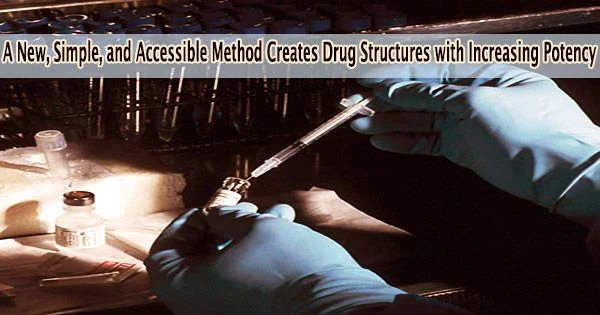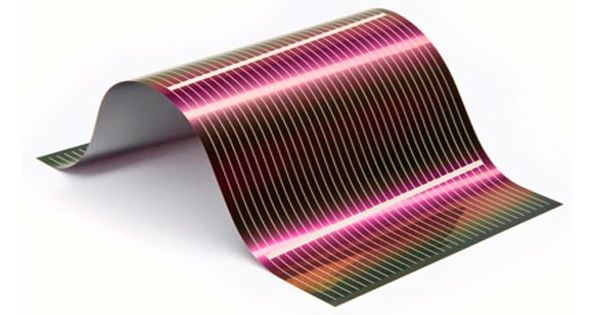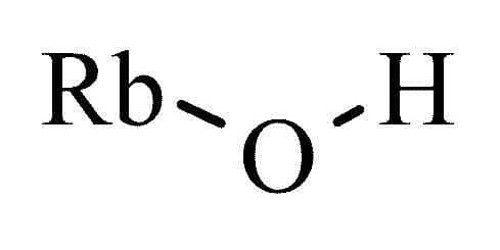Many medications can be made more potent and have their qualities fine-tuned by using chemical structures called cyclopropanes, however conventional techniques to make these structures only work with specific compounds and ask for explosively reactive components.
Now, utilizing a previously unreported chemical procedure, a team of Penn State researchers has discovered and proved a secure, effective, and useful method to produce cyclopropanes on a range of molecules. The innovative approach reported in an article published on August 4, 2023, in the journal Science may change how this crucial process takes place during the generation of new drugs with further development.
Cyclopropanes are a key feature in many drugs currently approved by the U.S. Food and Drug Administration, including those used to treat COVID-19, asthma, hepatitis C, and HIV/AIDs. These arrangements can improve a drug’s effectiveness, change how easily it dissolves in the body, reduce interactions with undesired targets, and improve other aspects of performance.
Cyclopropanes are a ring-shaped chemical compound made of three connected carbon atoms, two of which are joined to two hydrogen atoms and one of which is attached to the rest of the drug molecule.
“Cyclopropanes are an essential component of many drugs and adding them to drug candidates can be an important part of the drug discovery process,” said Ramesh Giri, professor of chemistry in the Eberly College of Science at Penn State and leader of the research team. “Previous efforts to improve the creation of cyclopropanes have focused on altering a mechanistic pathway devolved more than 60 years ago. We approached this from a different angle and identified a completely new pathway that is a simple, practical, and broadly applicable.”
The novel process converts alkenes, which are chemically specialized chemicals used in the creation of several substances, into cyclopropanes. The technique makes use of “radical chemistry,” in which some carbon atoms are left with unpaired electrons during intermediate steps of reactions, known as free radicals, which speed up the reaction. This particular approach makes use of common chemical components, including oxygen, and employs visible light to start the process.
Traditional cyclopropanes synthesis requires extremely reactive and challenging to obtain raw materials, must be carried out under controlled conditions, and the resultant compounds frequently have a very limited shelf life.
The idea of using a visible light-based reaction and radical chemistry to transform alkenes into cyclopropanes using methylenes at first seems counterintuitive, which is why it was so important for us to thoroughly demonstrate this new catalytic method. The key insight was introducing oxygen into the reaction, which helps create a radical that then interacts with the alkene. My lab has been studying other reactions that use alkenes to create a radical and wondered if the same idea could be applied to creating cyclopropanes.
Professor Ramesh Giri
The production of a chemical intermediate called a carbene, which contains a highly reactive carbon atom with two unpaired electrons, depends on these unstable components. The unpaired electrons are created as radicals one at a time using the novel technique, which totally avoids the carbene intermediate.
“All of the ingredients used in this pathway are commercially available or easy to create in the lab and do not require any special safety precautions, and the end product can be stored for prolonged periods,” Giri said. “We can add all the ingredients together in one mixture while exposed to air with as little as 10% oxygen, and it proceeds in one step. The reaction is simple and safe enough that we are even planning to include it as part of an undergraduate chemistry lab.”
Another shortcoming of traditional methods is that they generally do not work with complex molecules. Because of this, cyclopropanes are often added early in the synthesis when the molecule is simpler. However, later stages may cause the ring to open up, making it difficult to create derivatives of the molecule.
The researchers successfully converted a wide range of complicated alkenes into cyclopropanes using the novel technique, including pharmaceutically important substances like the antibiotic penicillin and vitamin B.
“We explored the entire range of molecule complexity that people might encounter during drug synthesis,” Giri said. “In some cases, traditional methods might be able to develop the same end product but in many more steps. In other cases, traditional methods would be unable to create these products, because the starting alkenes are too sensitive or too complex. The new method is not only safer, more efficient and more practical, but has a wider range of applications than traditional methods.”
To accomplish different therapeutic objectives, some of the reaction’s components can also be changed in order to add more chemical groups to the finished product. One of the reaction’s ingredients is as a type of compound called a methylene.
There are hundreds of different methylenes that are commercially available, each with a specific chemical group that makes it a methylene as well as other groups that differ and could theoretically be added to the alkene as a cyclopropane is created. The researchers demonstrated the breadth of the new method using 19 different methylene compounds.
“The idea of using a visible light-based reaction and radical chemistry to transform alkenes into cyclopropanes using methylenes at first seems counterintuitive, which is why it was so important for us to thoroughly demonstrate this new catalytic method,” Giri said.
“The key insight was introducing oxygen into the reaction, which helps create a radical that then interacts with the alkene. My lab has been studying other reactions that use alkenes to create a radical and wondered if the same idea could be applied to creating cyclopropanes.”
Next, Giri and his lab plan to scale up the method so that it is industrially viable.
“With future development and scaling up, this method has the potential to transform the way alkenes are cyclopropanated, which could have important implications for drug discovery, development, and creation,” he said.
In addition to Giri, the research team at Penn State includes postdoctoral researcher Dhruba Poudel, postdoctoral researcher at the time of the research Amrit Pokhrel, postdoctoral researcher at the time of the research Raj Kumar Tak, and postdoctoral research Majji Shankar. The U.S. National Institute of General Medical Sciences and Penn State supported this research.
















